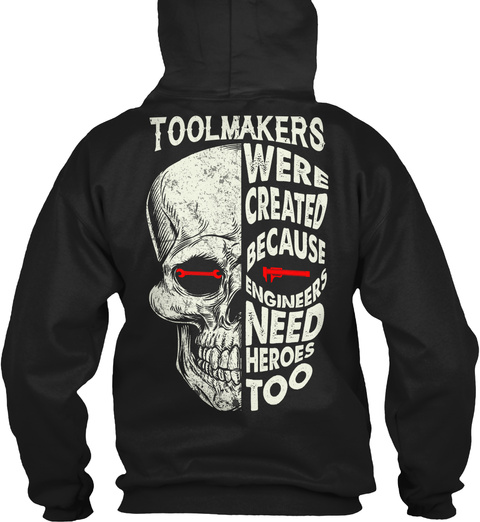I see that Jarrod Connerty of Superior Shave is participating in this and other similar conversations, but on his website.
Scroll down to the Q&A towards the bottom. Link.
Happy shaves,
Jim
Yes, but he is not answering the questions but rather like a politician in directing to something else. My comment on the amount of time spent on each mm of the blade and how the convex stone is only in contact for a small fraction of the time as it would be on a flat stone is responded with the bevel angle acuity is very important to master grinders.
If I want a shallower angle to the edge I can thin the spine to make it any angle I want. Yes, the convexity will make the bevel shallower - so what? Is this something I want?
I believe he will continue to justify his new product as he feels it is superior and I'm sure would love to sell as many as possible.
For me, it is only superior to him.
I'm sure this convex stone thing will pass fairly quickly.
Last edited:



